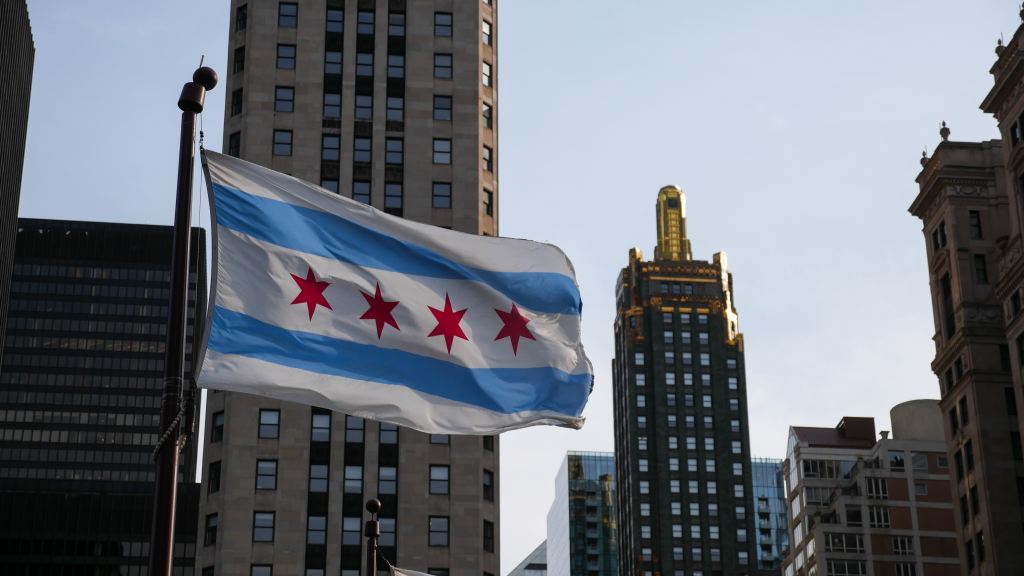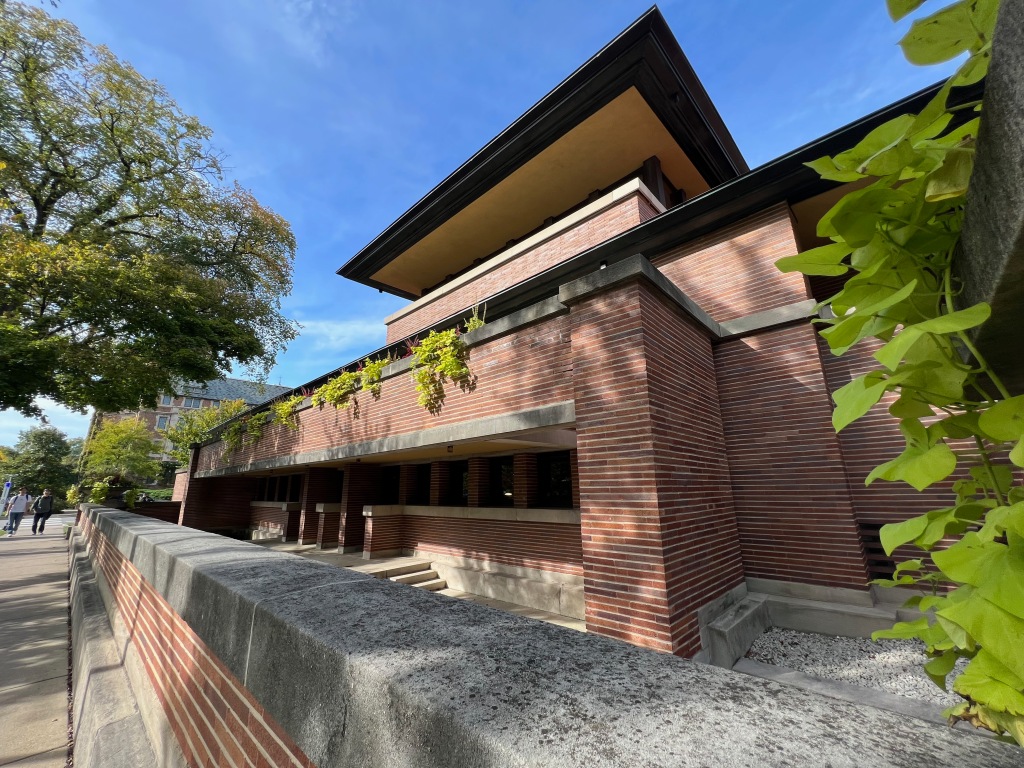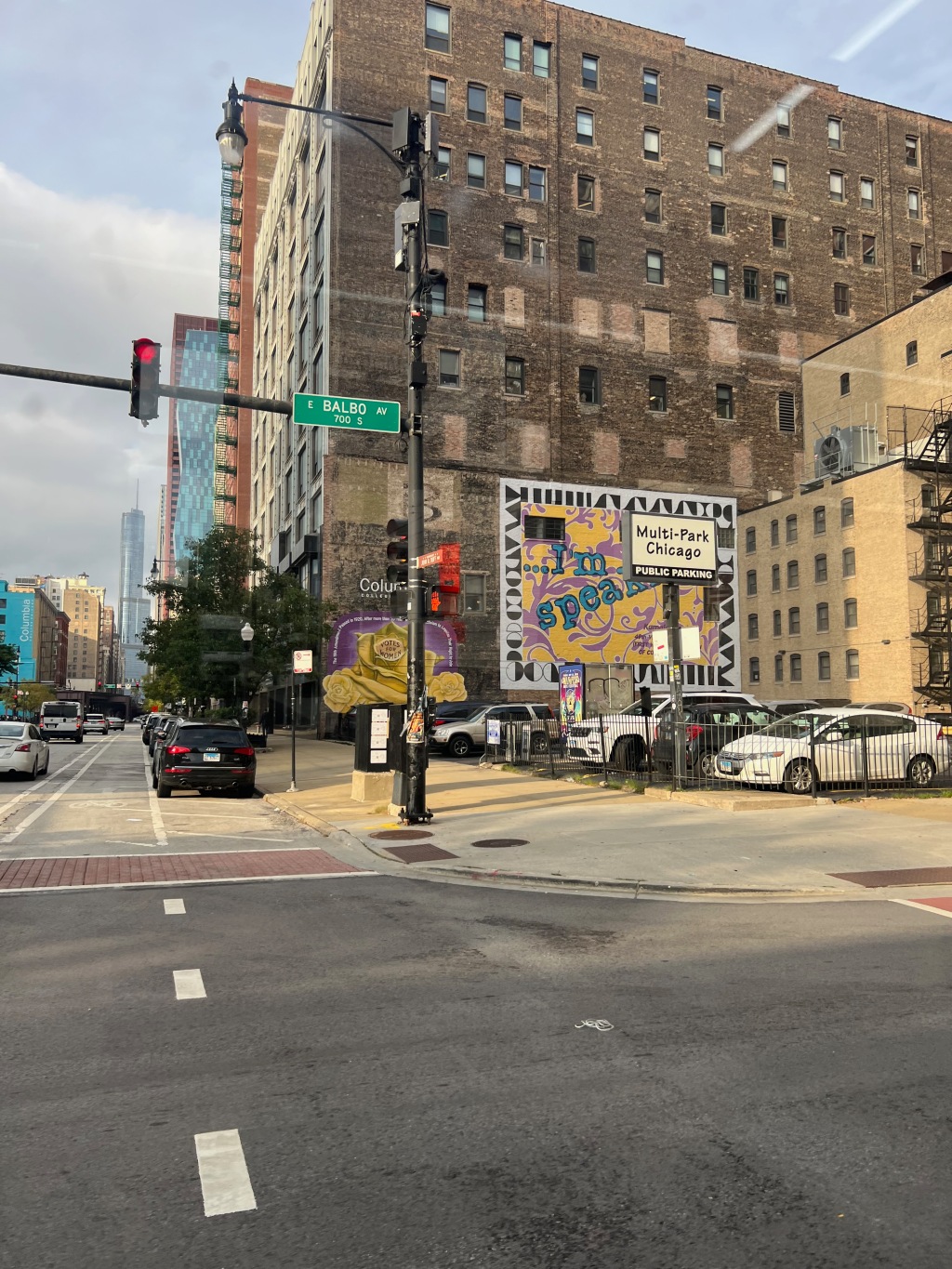I fell in love with downtown Chicago when I was a child. My mother took me on what was then the Burlington train from our home, 8 miles away. There’s a point on the route where you see the skyline for the first time. Even in those old days, before the Hancock Tower and the Sears/Willis Tower, it was impressive. We made our way from the train platforms up to the street and joined the throngs of people walking the sidewalks. We went to Marshall Fields, the library (the old one, now the cultural center), and the Art Institute. Later after I had moved away from the midwest to the cultural wasteland that is Florida, I came back to visit my beloved city at least once a year. As a professional, I went to many conferences in Chicago, often at the Palmer House or Hilton on south Michigan Ave. I never tired of the vibrancy, the neighborhoods surrounding the loop, and the endless diversity of people. It prompted my career of research on downtowns and neighborhoods. Now I live in one of these neighborhoods and enjoy taking public transit downtown. There are more activities in this city than I could ever attend and public transit doesn’t always get me close enough to make the trip worthwhile. If I have to do more than two buses or train/bus combos, then I don’t make the trip. So far I have been overwhelmed by all that I have taken in!

What I like most about downtown is the juxtaposition of people and place. There are homeless people, luxury apartments, working class service and construction people, office workers (fewer of those these days), hole in the wall restaurants, theaters with broadway lights – all surrounded by iconic architecture, the el train, parks, and of course the Lake. This city is constantly changing, constantly adapting, and for better or worse, preserving it’s history while embracing the new trends.

When the Marina Towers were built in the 1960s, people gasped – loved them or hated them. When IM Pei built his University Park Condos (I pass by them daily), they looked like Soviet Block style housing to many people. Similarly, the Mies van der Rohe Lake Shore Drive condos built just after WWII were not well received by the average Joe in Chicago. Today the Vista Tower with its unique wavy exterior and aqua marine color stands out like a sore thumb. But that’s the purpose of architecture – to try new forms, scale new heights, use new materials. When everyone was building with mason stone and brick at the turn of 1900, Louis Sullivan and others started using steel beams to go higher, use more glass, and create new office structures. Today it seems natural and normal.


I’m training to volunteer at the Robie House, the penultimate example of organic, Prairie Style architecture designed by Frank Lloyd Wright. In its day (built 1910) it was considered modernism – sitting within a neighborhood of Victorian and Georgian homes, and the gothic-like campus building of the University of Chicago. In the 1960s and ’70s everyone was building low rectangular homes (ranch houses) with open floor plans and vaulted ceilings. We realized that Prairie Style homes had become the norm.

What makes downtown great for me, besides the Burnham and Olmstead parks, the icnonic architecture and world class museums, are the touches. Everyone today knows the “Bean” at Millenium park – the silver reflective bean looking sculpture. But there are tiny touches everywhere. I came upon the Wabash Arts Corridor – outside mural art painted on walls that face vacant lots. Two of my favorite murals celebrate the women’s vote (a topic near and dear to my heart – see my novels!). I caught these pictures while on the bus.


I love the streetlamps that hearken back to the gilded age.



I love the Hopper-esque placement of a corner shop and elevated tracks with plenty of street energy. Notice all the building detail and yet another style of street lamp.

These touches are what make a city vibrant. There are pulsating features everywhere that make a mosaic of activity. Plus there is whimsy in the oddest places – or maybe it’s just me. The Kimball el train came by. Was the fugitive good doctor hiding in plain sight? 😉


Leave a comment